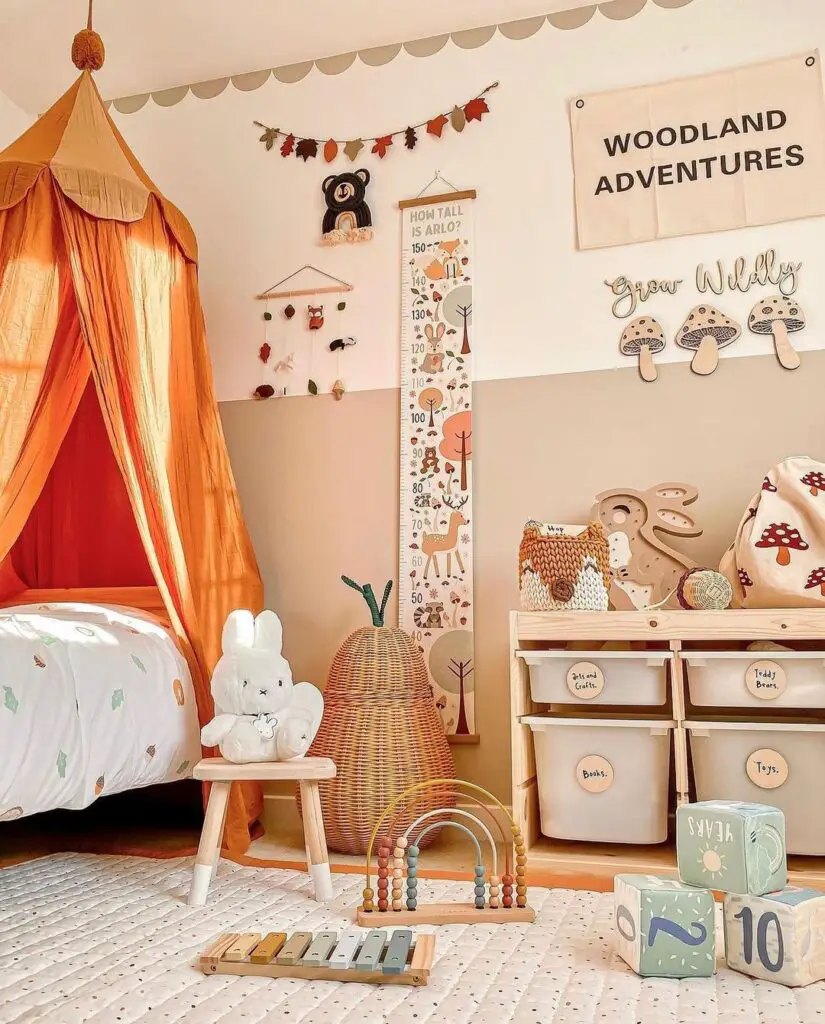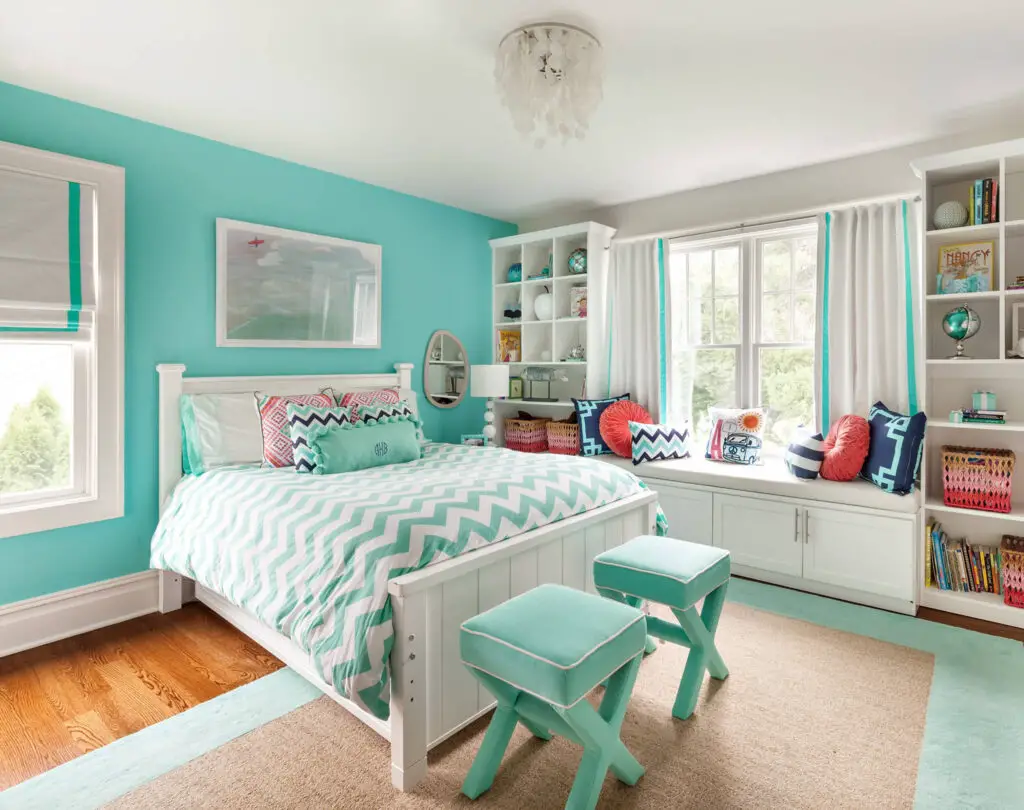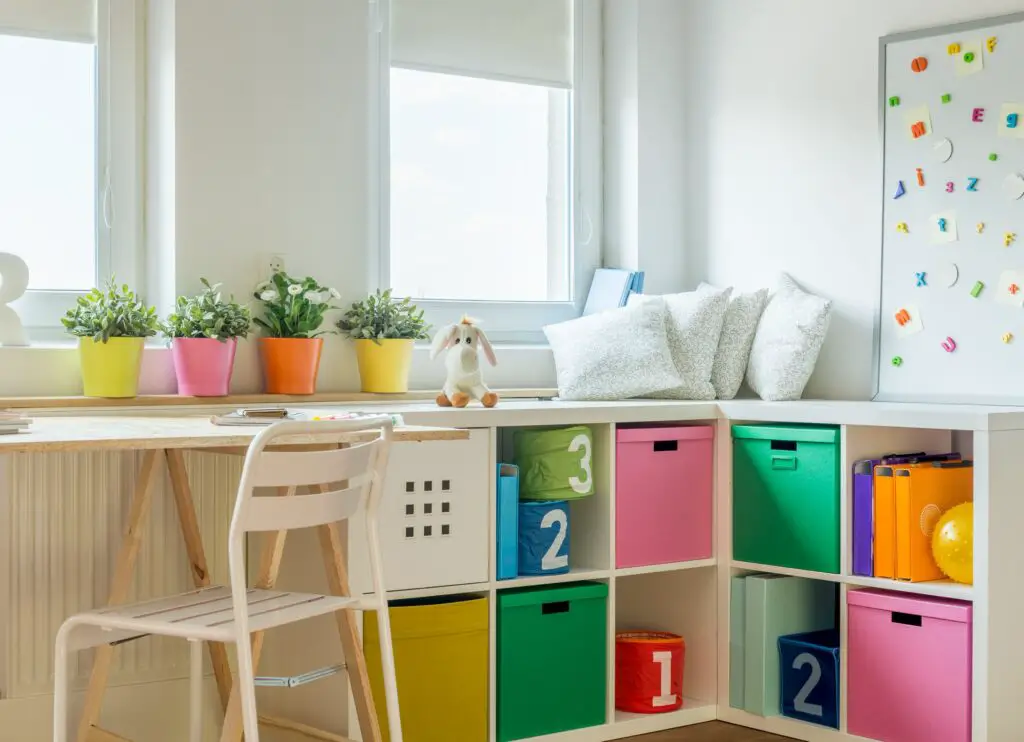
Introduction
Designing a kid’s room is an exciting and creative endeavor. It’s a space where imagination can roam free, where dreams are born, and where memories are made. The perfect kid’s room is a sanctuary that reflects their personality, sparks their creativity, and provides a cozy haven for play and rest. Whether you’re a parent or a designer, this ultimate guide will take you on a journey to create the perfect kid’s room that will bring joy to your little one’s heart.
The Ultimate Guide to Designing the Perfect Kid’s Room
Designing the perfect kid’s room requires careful consideration of various elements, from furniture and colors to themes and storage solutions. Let’s delve into the essential steps and tips to help you create a space that your child will adore.
1. Understanding Your Child’s Needs
Before diving into the design process, it’s crucial to understand your child’s needs and preferences. Consider their age, interests, and hobbies. Are they a budding artist, an adventurous explorer, or a bookworm? Understanding their unique personality will guide your design choices.
2. Creating a Safe and Functional Space
Safety should be a top priority when designing a kid’s room. Ensure that furniture is sturdy, corners are rounded, and electrical outlets are covered. Additionally, focus on creating a functional layout that allows easy movement and promotes organization.
3. Choosing the Right Colors
Colors play a significant role in setting the ambiance of a room. Opt for soothing pastels or vibrant primary colors, depending on your child’s personality and preferences. Consider using neutral tones as a base and adding pops of color through accessories and artwork.
4. Selecting Kid-Friendly Furniture
When it comes to furniture, prioritize comfort and durability. Invest in pieces that can withstand rough play and are easy to clean. Look for furniture with built-in storage solutions to keep the room tidy and organized.
5. Incorporating a Theme
A theme can transport your child to a world of fantasy and make their room feel like a magical retreat. Whether it’s outer space, princesses, pirates, or superheroes, choose a theme that resonates with your child’s interests and imagination. Incorporate themed wallpapers, bedding, and accessories to create an immersive experience.
6. Personalizing the Space
Make the room truly their own by adding personal touches. Hang their artwork, display their favorite toys, or create a gallery wall of family photos. These little details will make the room feel special and reflect your child’s unique personality.
7. Enhancing Creativity and Learning
A kid’s room should inspire creativity and learning. Set up a designated art corner with easels and supplies, create a cozy reading nook with a bookshelf and bean bags, or add a chalkboard wall for endless doodling and learning opportunities.
8. Lighting for Comfort and Ambiance
Proper lighting is essential for creating a comfortable and inviting space. Incorporate a combination of natural light, task lighting, and ambient lighting. Use blackout curtains or blinds to ensure a good night’s sleep and create a cozy atmosphere during bedtime stories.
9. Storage Solutions
Kid’s rooms often accumulate toys, books, and clothes. Implement clever storage solutions to keep the room organized and clutter-free. Utilize bins, shelves, and labeled containers to make tidying up a breeze.
10. Safety Considerations
Childproofing the room is crucial to ensure a safe environment. Secure heavy furniture to the wall, use cordless window coverings, and place safety plugs in electrical outlets. Regularly inspect the room for potential hazards and make necessary adjustments.

FAQs about Designing the Perfect Kid’s Room
Sure! Here are some frequently asked questions about designing the perfect kid’s room along with their answers:
1: How can I make a small kid’s room feel more spacious?
To make a small kid’s room feel more spacious, opt for light-colored walls and furniture to create an illusion of space. Utilize vertical storage solutions like wall shelves or hanging organizers to maximize floor space. Choose multifunctional furniture that serves multiple purposes, such as a bed with built-in drawers or a desk that folds down from the wall.
2: How do I incorporate a study area in my child’s room?
To incorporate a study area in your child’s room, designate a specific corner or wall for a desk and chair. Ensure good lighting in the study area with a desk lamp or a nearby window. Organize school supplies with desk organizers or storage bins. Consider adding a bulletin board or a whiteboard for notes and reminders.
3: What are some creative storage ideas for toys?
Creative storage ideas for toys include using colorful bins or baskets for easy organization, installing wall-mounted shelves with labeled containers, utilizing under-bed storage drawers, and incorporating storage ottomans or benches that can double as seating and toy storage.
4: How can I create a gender-neutral kid’s room?
To create a gender-neutral kid’s room, choose a neutral color palette such as whites, grays, or earth tones. Opt for versatile themes like nature, animals, or geometric patterns. Use neutral bedding and accessories, and incorporate elements that appeal to a wide range of interests, such as books, puzzles, or musical instruments.
5: How can I make the room adaptable for different age groups?
To make the room adaptable for different age groups, opt for timeless and versatile furniture pieces that can grow with your child. Choose neutral or easily changeable wall colors. Incorporate flexible storage solutions that can be adjusted as your child’s needs evolve. Invest in modular furniture that can be reconfigured or repurposed.
6: How do I create a sensory-friendly kid’s room?
Creating a sensory-friendly kid’s room involves considering factors like lighting, textures, and noise levels. Use soft, calming colors on the walls. Choose furniture and textiles with comfortable and tactile materials. Use blackout curtains or blinds to control lighting. Consider adding sensory elements like a bean bag chair, a cozy tent, or a mini indoor swing.
By considering these FAQs, you can design a kid’s room that meets your child’s needs and preferences while creating a safe, functional, and inspiring space.

Conclusion
Designing the perfect kid’s room is a delightful and rewarding experience. By understanding your child’s needs, incorporating their interests, and focusing on safety and functionality, you can create a space that sparks their imagination and provides a cozy haven. Remember to personalize the room with their artwork and cherished items, and always prioritize storage solutions to keep the room organized. With the tips and ideas in this ultimate guide, you’re well on your way to designing the perfect kid’s room that your child will love and cherish for years to come.


